The site of the former Backpackers’ Hotel on February 10, 2015.
I have been observing the renovations in progress at the former site of the Backpackers’ Hotel at King Street West and Spadina Avenue. Thankfully, these heritage structures are being restored, although they presently appear rather forlorn, their windows boarded over and the doorway on King Street containing graffiti. However, the results of the renovations are slowly emerging. The 19th-century bricks, hidden by many layers of paint, are once more exposed. The ornate trim around the windows in the Mansard roofs have been repaired and the missing slate tiles replaced. Thus, a hint of its original appearance is now visible.
The former Backpackers’ Hotel (left) and the entrance door of the south building (right). Photos, February 10, 2015.
The buildings on the northwest corner of Spadina and Kings Street have a long history. In 1873, Samuel Richardson erected a two-storey frame home on the site. It survives today and is the building that is painted blue. Richardson added a third floor to the house in 1875, employing the Second Empire style of architecture, with a Mansard roof and ornate gabled windows. When completed, he converted it into a hotel, named the Richardson House. His establishment, which included a tavern, was popular with the businessmen in the western part of the city. As Richardson had served eleven years overseas with the Thirteenth Hussars Regiment, he constantly repeated his accomplishment when promoting his hotel.
In 1885, a four-storey brick addition was added to the north side of the hotel, on Spadina Avenue, and two years later another extension was added, doubling the number of rooms. The hotel advertised hot-water heating in every room, at the rate of $2.00 per day. Weekly boarders received a special rate of $1.50 per day. Samuel Richardson died in 1904. In 1906, the hotel was renamed the Hotel Falconer. Its name was changed again in 1914, when it became Zeigler’s Hotel.
In 1916, it became the Spadina Hotel and retained this name for many decades. In the 1950s, the hotel was extensively renovated. When completed, visitors who entered the hotel walked to the far end of the lobby, where there was a narrow set of stairs with five steps, which gave access to the dining room. It had been restored to its 1883 splendour, with Canadian walnut and chestnut panelling. The old doors and the wood panelling had been maintained. On the second floor, on the north side of the hotel, the redecorated large space was named the Cabana Room, which featured nightly entertainment.
In this decade, the hotel became a centre for the avant-garde community of the city. Established artists and students from the Ontario College of Art (today the Ontario College of Art and Design University) congregated in the Cabana room to raise a glass to toast their accomplishments or to drown the sorrows of their failures. The students vilified, praised, defended and ignored the latest trends in art. Despite their varying opinions and general disrespect for the established art forms of the day, throughout the years ahead, many of the young artists established themselves in promising careers in galleries, graphic design firms, and commercial art establishments. Others, similar to the old hotel, fell into obscurity. Such is the way of life in the arts community.
Finally, the hotel became a hostel for student backpackers, with 185 beds available, with four occupants per room. The former dining room became a billiard and games room, much removed from its elegant past. The Cabana room was a lounge and reading room. Because of the building’s brightly-coloured exterior walls, ornate gables, and garish trim, it has been a landmark in the Spadina district for many years.
The Backpackers’ Hotel closed in 2014 and is presently being restored. When completed, the buildings will be leased for office and retail space. The city will be enriched by the preservation of these historic structures.
The Backpackers’ Hotel in 2013.
The corner of Spadina and King Street West, c. 1900 City of Toronto Archives, Fonds 1568 It. 284.
The former Backpackers’ Hotel when it was the Spadina Hotel in 1954. Photo from City of Toronto Archives.
The Spadina Hotel in the 1950s. City of Toronto Archives, Fonds 124, File 0124 Id. 0097
Same view as previous picture, taken in 2013, when it was the Backpackers’ Hotel.
The dining room of the Hotel Spadina, after it was converted into a billiard’s room by the Backpackers’ Hotel.
Staircase in the former Spadina Hotel when its was the Backpacker’s Hotel. Photo taken in 2013.
A quiet reading corner in the Backpackers’ Hotel (left) and the sign above the doorway of the hotel (right).
Backpackers’ Hotel in 2013.
To view the Home Page for this blog: https://tayloronhistory.com/
To view previous blogs about movie houses of Toronto—historic and modern
Recent publication entitled “Toronto’s Theatres and the Golden Age of the Silver Screen,” by the author of this blog. The publication explores 50 of Toronto’s old theatres and contains over 80 archival photographs of the facades, marquees and interiors of the theatres. It relates anecdotes and stories of the author and others who experienced these grand old movie houses.
To place an order for this book:
Book also available in Chapter/Indigo, the Bell Lightbox Book Store and by phoning University of Toronto Press, Distribution: 416-667-7791
Theatres Included in the Book:
Chapter One – The Early Years—Nickelodeons and the First Theatres in Toronto
Theatorium (Red Mill) Theatre—Toronto’s First Movie Experience and First Permanent Movie Theatre, Auditorium (Avenue, PIckford), Colonial Theatre (the Bay), the Photodome, Revue Theatre, Picture Palace (Royal George), Big Nickel (National, Rio), Madison Theatre (Midtown, Capri, Eden, Bloor Cinema, Bloor Street Hot Docs), Theatre Without a Name (Pastime, Prince Edward, Fox)
Chapter Two – The Great Movie Palaces – The End of the Nickelodeons
Loew’s Yonge Street (Elgin/Winter Garden), Shea’s Hippodrome, The Allen (Tivoli), Pantages (Imperial, Imperial Six, Ed Mirvish), Loew’s Uptown
Chapter Three – Smaller Theatres in the pre-1920s and 1920s
Oakwood, Broadway, Carlton on Parliament Street, Victory on Yonge Street (Embassy, Astor, Showcase, Federal, New Yorker, Panasonic), Allan’s Danforth (Century, Titania, Music Hall), Parkdale, Alhambra (Baronet, Eve), St. Clair, Standard (Strand, Victory, Golden Harvest), Palace, Bedford (Park), Hudson (Mount Pleasant), Belsize (Crest, Regent), Runnymede
Chapter Four – Theatres During the 1930s, the Great Depression
Grant ,Hollywood, Oriole (Cinema, International Cinema), Eglinton, Casino, Radio City, Paramount, Scarboro, Paradise (Eve’s Paradise), State (Bloordale), Colony, Bellevue (Lux, Elektra, Lido), Kingsway, Pylon (Royal, Golden Princess), Metro
Chapter Five – Theatres in the 1940s – The Second World War and the Post-War Years
University, Odeon Fairlawn, Vaughan, Odeon Danforth, Glendale, Odeon Hyland, Nortown, Willow, Downtown, Odeon Carlton, Donlands, Biltmore, Odeon Humber, Town Cinema
Chapter Six – The 1950s Theatres
Savoy (Coronet), Westwood
Chapter Seven – Cineplex and Multi-screen Complexes
Cineplex Eaton Centre, Cineplex Odeon Varsity, Scotiabank Cineplex, Dundas Square Cineplex, The Bell Lightbox (TIFF)
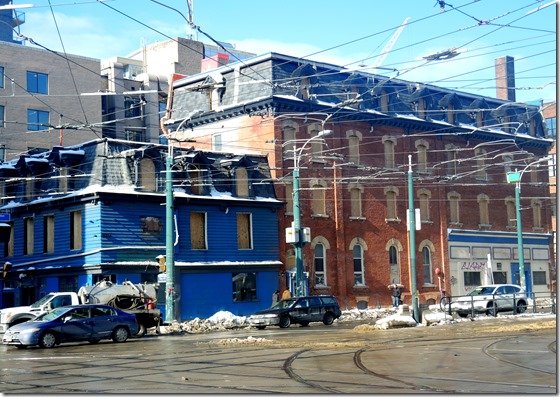
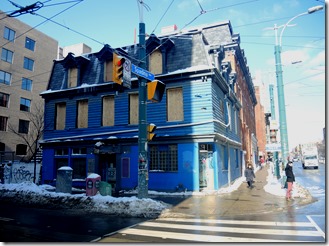
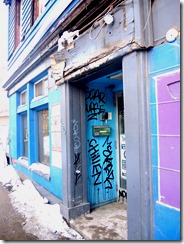
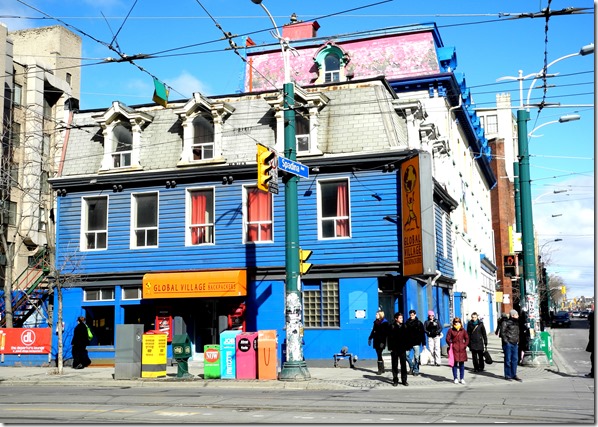

![pictures-r-5623[1] 1954. Tor Ref. pictures-r-5623[1] 1954. Tor Ref.](https://tayloronhistory.com/wp-content/uploads/2015/02/pictures-r-56231-1954-tor-ref-_thumb.jpg)
![f0124_fl0002_id0097[1] f0124_fl0002_id0097[1]](https://tayloronhistory.com/wp-content/uploads/2015/02/f0124_fl0002_id00971_thumb.jpg)
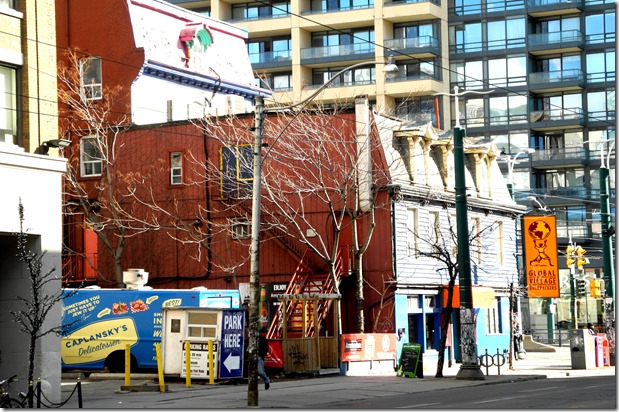
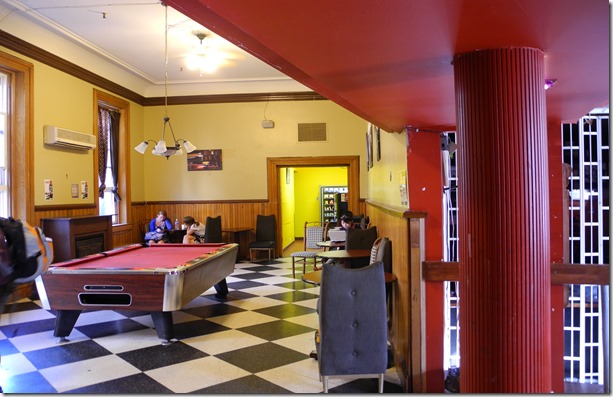
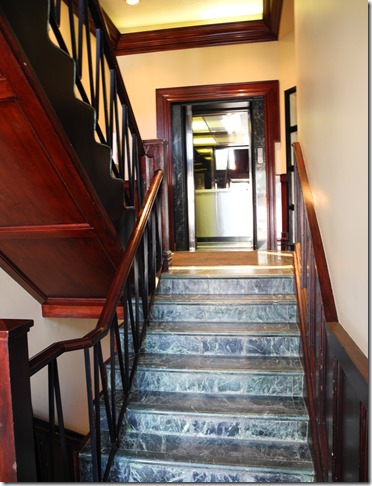
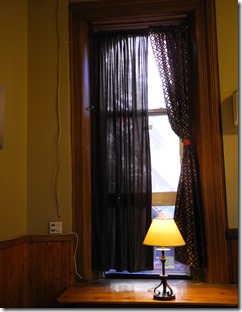
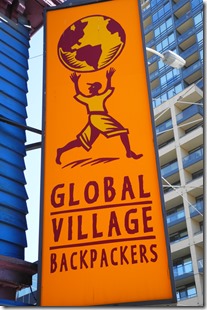
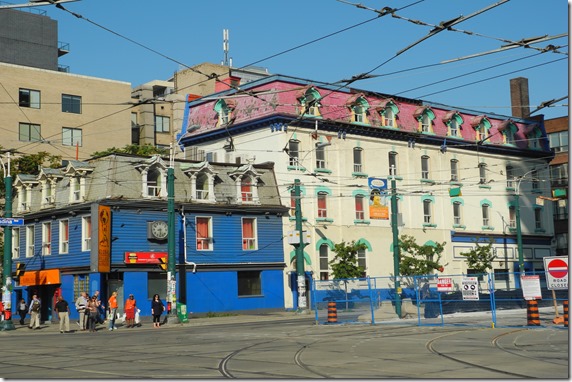
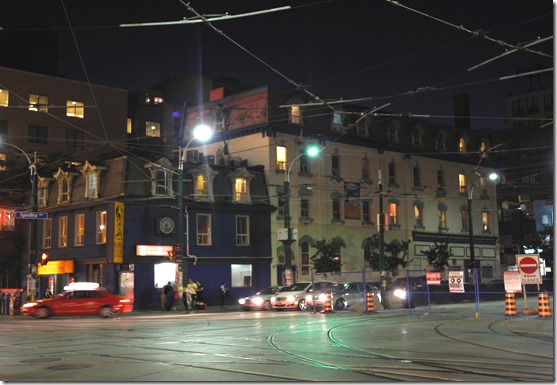
![cid_E474E4F9-11FC-42C9-AAAD-1B66D852[1] cid_E474E4F9-11FC-42C9-AAAD-1B66D852[1]](https://tayloronhistory.com/wp-content/uploads/2015/02/cid_e474e4f9-11fc-42c9-aaad-1b66d8521_thumb.jpg)

